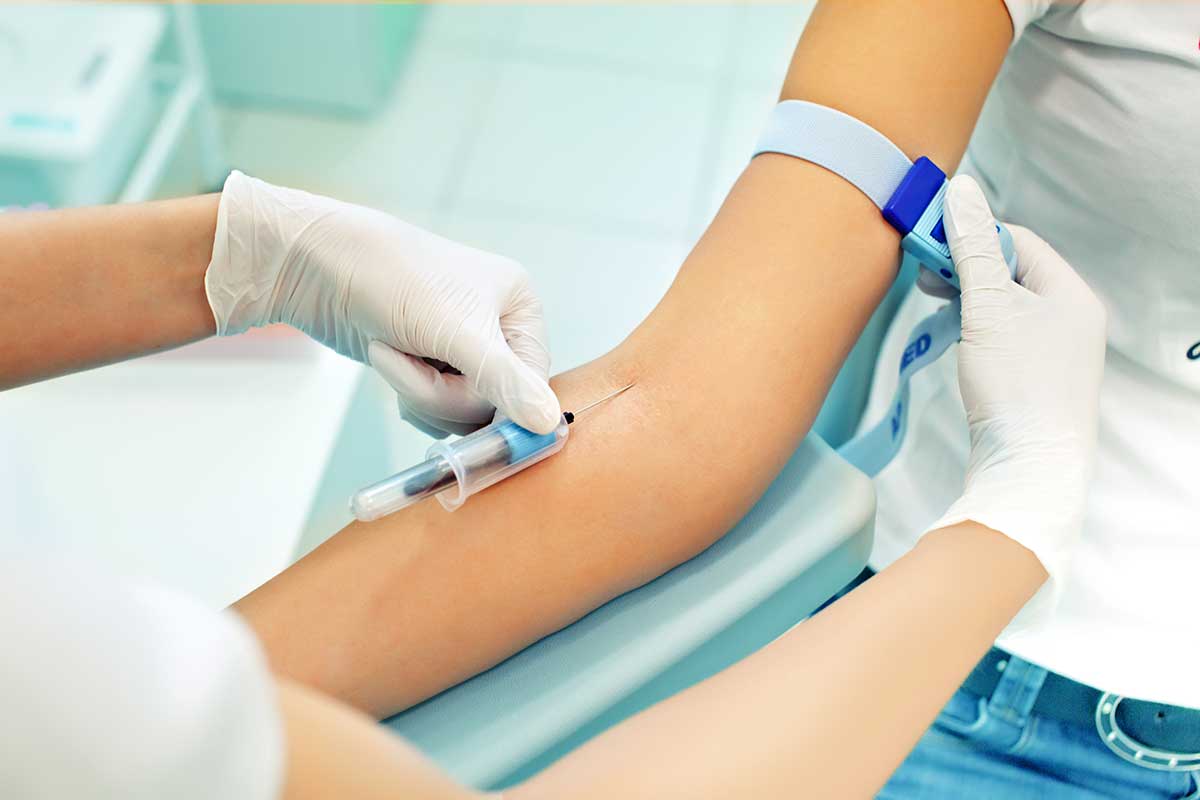The Crucial Role of Phlebotomy in Healthcare An In-Depth Insight
Phlebotomy, the practice of drawing blood from patients, is a critical skill in the healthcare industry. It plays an essential role in diagnostic testing, medical research, and patient care. Whether you’re a healthcare student, a medical professional, a career changer, or a medical student, understanding the intricacies of phlebotomy techniques and procedures is crucial.
Importance of Proper Techniques
Proper phlebotomy techniques ensure the safety and comfort of patients, as well as the accuracy of blood samples. Incorrect techniques can lead to complications such as hematomas, infections, and inaccurate test results. Therefore, mastering phlebotomy techniques is vital for any healthcare professional involved in patient care.
For those interested in advancing their phlebotomy skills, consider enrolling in a phlebotomy course Bristol. Learning from experts and gaining hands-on experience will enhance your proficiency and confidence in performing phlebotomy procedures.

Overview of Procedures
Phlebotomy involves several steps, from preparing the necessary equipment to ensuring post-procedure care. Each step requires attention to detail and adherence to best practices to ensure the safety and comfort of the patient and the quality of the blood sample collected.
Step-by-Step Guide to Performing a Venipuncture
Preparation and Equipment Setup
Before beginning a venipuncture, it’s crucial to prepare the necessary equipment. This includes:
- Gloves
- Tourniquet
- Alcohol swabs
- Needles
- Blood collection tubes
- Gauze
- Bandages
Ensure that all equipment is sterile and within reach.
Identifying Suitable Veins
The most common site for venipuncture is the antecubital fossa, where veins such as the median cubital, cephalic, and basilic veins are located. Identifying a suitable vein involves palpating the area to find a vein that is easily accessible and not too close to arteries or nerves.
Technique for Inserting the Needle
Insert the needle at a 15-30 degree angle with the bevel facing up. This minimizes discomfort and increases the likelihood of successful venipuncture. Ensure the patient’s arm is properly positioned and supported.
Collecting Blood Samples
Once the needle is inserted, attach the blood collection tubes. Allow each tube to fill to the required level before gently inverting it to mix with any additives. Maintain steady pressure and avoid moving the needle to prevent vein damage.
Post-Procedure Care
After collecting the blood sample, remove the needle and apply gentle pressure with gauze to prevent bleeding. Cover the puncture site with a bandage and provide the patient with post-procedure instructions, such as avoiding heavy lifting with the affected arm.
Tips for Proper Blood Collection and Handling
Best Practices for Ensuring Sample Quality
Ensuring the quality of blood samples involves several best practices:
- Use the correct order of draw to prevent cross-contamination of additives between tubes.
- Avoid prolonged tourniquet application to prevent hemoconcentration.
- Mix tubes gently to avoid hemolysis.
Handling Difficult Veins
In some cases, finding a suitable vein can be challenging. To handle difficult veins:
- Use a warm compress to dilate veins.
- Ask the patient to make a fist to enhance vein visibility.
- Consider alternative sites like the hand or wrist.
Preventing Contamination
Preventing contamination is critical for accurate test results. Always use sterile equipment, clean the puncture site thoroughly with alcohol swabs, and avoid touching the cleaned site before needle insertion.
Avoiding Common Errors
Misidentification of Patients
Misidentifying patients can lead to serious errors. Always verify the patient’s identity by checking their wristband and asking them to confirm their name and date of birth.
Incorrect Sample Labeling
Incorrect labeling can result in sample mix-ups and inaccurate test results. Label samples immediately after collection with the patient’s information and the date and time of collection.
Improper Storage and Transport of Samples
Proper storage and transport of blood samples are crucial for maintaining sample integrity. Follow guidelines for temperature control and avoid delays in transporting samples to the laboratory.
Managing Needle Phobia and Anxiety in Patients
Many patients experience needle phobia and anxiety. To manage this:
- Use distraction techniques such as conversation or deep breathing exercises.
- Provide clear explanations of the procedure to alleviate fears.
- Offer a choice of sitting or lying down during the procedure.
Advanced Phlebotomy Techniques
Pediatric and Neonatal Phlebotomy
Pediatric and neonatal phlebotomy require additional considerations. Use smaller needles and collection tubes, and employ comforting techniques such as swaddling or using a pacifier to calm the child.
Geriatric Phlebotomy Considerations
Geriatric patients often have fragile veins and thinner skin. Use gentle techniques and smaller needles to reduce the risk of complications.
Capillary Blood Collection
Capillary blood collection involves pricking the skin to obtain a small blood sample. This technique is commonly used for glucose testing and in situations where venipuncture is not feasible.

Conclusion
Phlebotomy is a vital skill in healthcare that requires precision, care, and continuous learning. Proper techniques, from preparation to post-procedure care, ensure patient safety and sample quality.
Continuous practice and staying updated with the latest guidelines and techniques are essential for maintaining proficiency in phlebotomy. By doing so, healthcare professionals can provide the best possible care to their patients.



